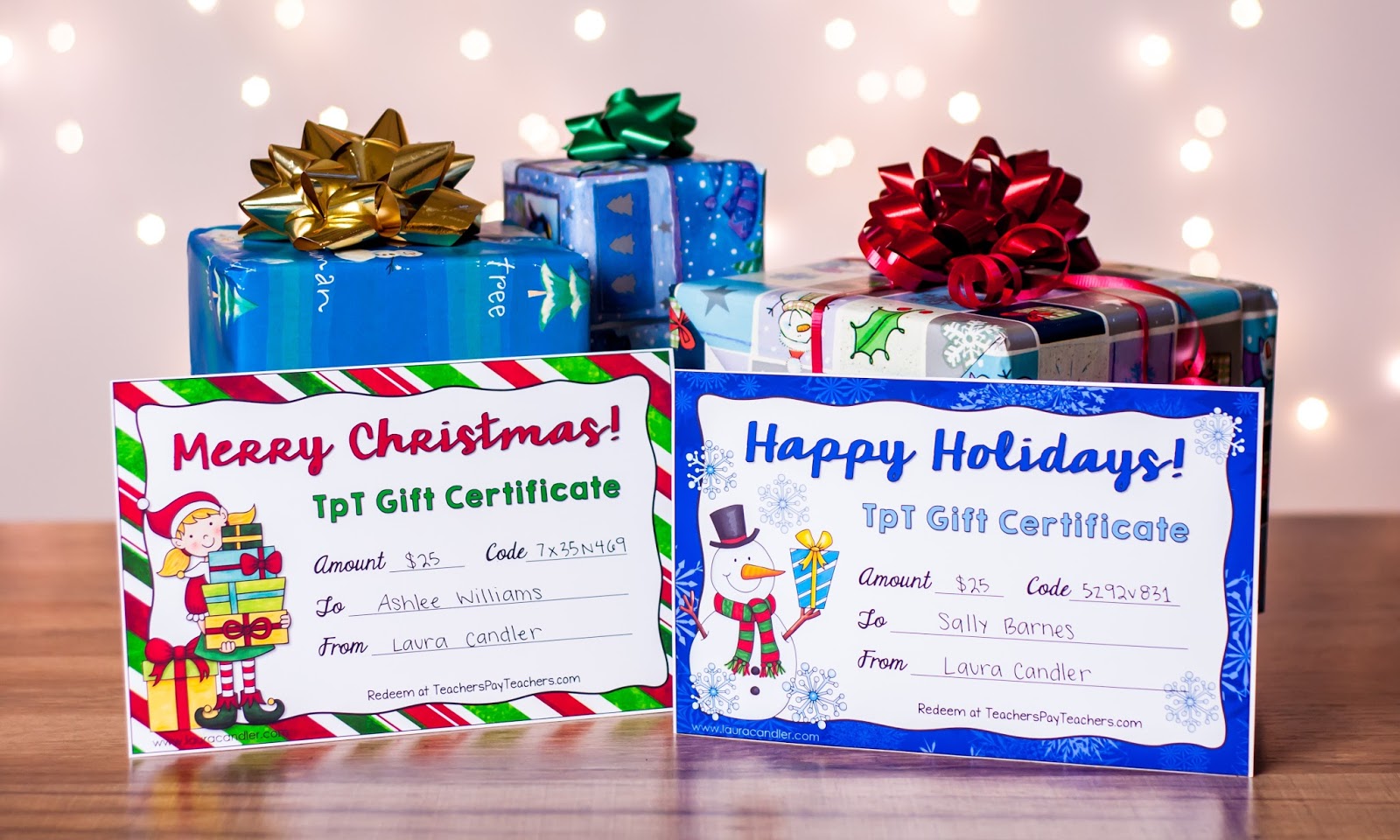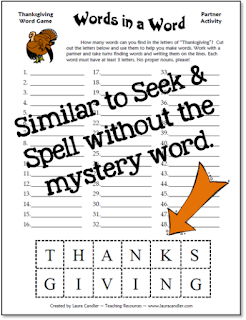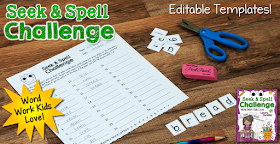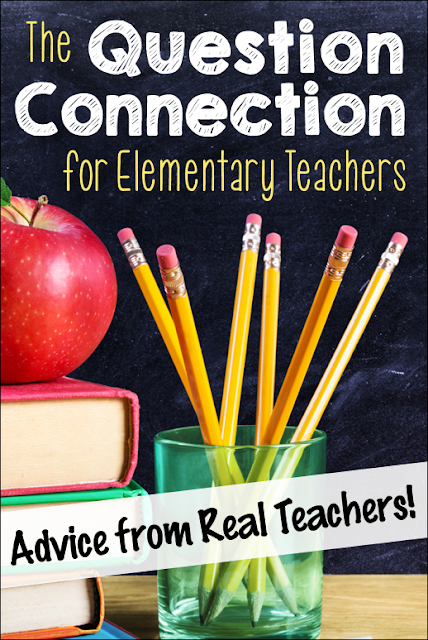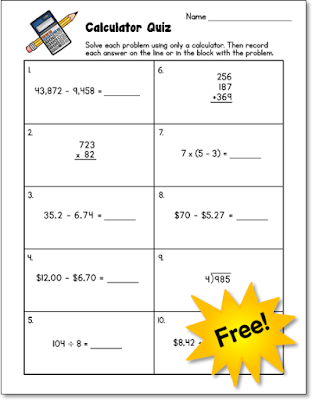Until recently, I would have said no. In fact, I would have sworn that it wasn't possible. During my 30 years as an elementary educator, my passion for teaching translated into unbelievably long hours, 7 days a week, from August to June. I loved teaching so much that I let it consume almost every minute of my life. Would you believe that I took stacks of papers with me on camping trips because there was never enough time to grade them all during the week?
Work just 40 hours a week and still be a good teacher? Not possible!
I felt guilty about neglecting my family and my own needs, but I couldn't figure out how to reduce my work time and still be effective in the classroom.
Have you heard that the solution is to work smarter, not harder? But NO ONE ever tells you how to do that. At least not until now.
Yesterday I discovered Angela Watson’s 40 Hour Teacher Workweek Club, and I watched her video about finding work/life balance. I was hooked in the first 5 seconds! While watching it, I realized a fundamental truth about being a passionate teacher. No matter how much you love teaching, if you FEEL consumed by it, you will eventually BE consumed by it.
Angela gave me permission to share the video here on my blog, and I want you to watch it now. I'm not exaggerating when I say that the next 2 minutes might just rock your world!
FINALLY someone has created the tools to help teachers learn how to work smarter! There IS a better way!
Let's return to the question of whether or not you can work just 40 hours a week and be an effective teacher.
I now believe that it's possible, but only if that's the number of hours YOU want to work each week.
You see, Angela's club isn't about pressuring members to limit themselves to 40 hours a week. Yes, the "40 Hour Teacher Workweek Club" makes for a catchy title, but Angela understands that many teachers wouldn't choose to limit themselves to 40 hours a week, if they could even figure out how to accomplish that goal. They enjoy working more than 40 hours, but they want to find a work/life balance that feels right. One of your first tasks as a new member will be to objectively determine the number of hours you're currently working and to set your own weekly target number. Your target number might be just a few hours a week less than what you're currently working, but those hours will make an enormous difference.
There's so much more I could say about the 40 Hour Teacher Workweek club, but I'd rather you click over to Angela's site to get the full details directly from her. Be sure to check it out now because the course is only open to new members 3 times a year. The current membership window closes on January 3rd, and the next open enrollment window isn't until July. (Update: Angela announced on her page that she's leaving the club open until noon EST on January 4th to resolve some glitches in getting people signed up.)
This is a one year program, and the cost of joining is not much more than going to the movies once a month or a few visits to Starbucks. If you're wondering if the cost is worth the investment, you should read the comments on last night's Facebook post. Over a dozen teachers who have already signed up for the club shared why they think it's totally worth the subscription fee. You can pay in monthly or quarterly installments, or skip the recurring charges and pay a one time fee for the full membership. Once your year is up, you will have ongoing access to all the club resources at no further cost. Click here to learn more.
Post Update: The 40 Hour Teacher Workweek Club is only open twice a year for new members. The current open enrollment ended on January 3rd. If you'd like to be notified when the club opens again, please sign up for my Candler's Classroom Connections newsletter.
I'm a member of the 40 HTW Club now, but I wish I could have joined when I was teaching. My target number would have been higher than 40, but it would have been much lower than the hours I was actually working. The club wasn't an option for me then, but thankfully, it's here for you now! I encourage you to join the 40 Hour Teacher Workweek Club so you can discover HOW to work smarter so that you can keep the joy in teaching!








